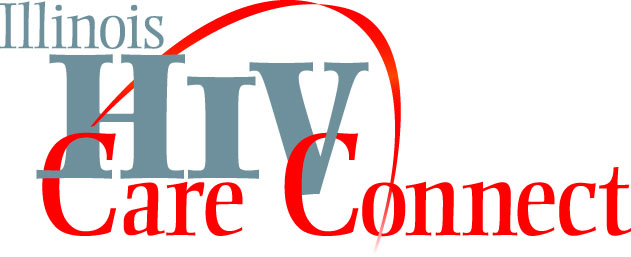Since January 2015, four cases of ocular syphilis have been reported to the Chicago Department of Public Health (CDPH). Three of these cases were diagnosed in men who have sex with men (MSM), and three of the four cases were co-infected with HIV.
Syphilis is a reportable and treatable disease in which one or more painless ulcerative lesions (e.g. chancres) develop at the site of inoculation 3-4 weeks after exposure, last 1-5 weeks, and spontaneously resolve (primary syphilis). Immediately or soon thereafter, patients develop secondary syphilis, which is often characterized by a body rash that resolves after 2-6 weeks. Ocular syphilis, a clinical manifestation of neurosyphilis, can occur during any stage of syphilis, including primary and secondary stages. Ocular syphilis can involve almost any eye structure, and posterior uveitis and panuveitis are the most common presentations.
Since December 2014, 24 cases of ocular syphilis have been reported from California and Washington. The majority of cases have been among HIV-infected MSM; a few cases have occurred among HIV-uninfected persons including heterosexual men and women. Several of the cases have resulted in significant sequelae including blindness. http://www.cdc.gov/std/syphilis/clinicaladvisoryos2015.htm
Due to the increased number of ocular syphilis cases in Chicago this year compared to the last year, CDPH is recommending the following:
- eScreen patients at risk for syphilis (MSM, HIV-infected individuals, and persons with multiple or anonymous partners) for visual complaints.
- Obtain syphilis testing in all patients presenting with visual complaints, anogenital or oral lesions, or rash.
- Screen patients diagnosed with syphilis for HIV infection if status is unknown or previously negative.
- Ask patients with syphilis about headache and/or changes in their vision or hearing in order to identify persons who may have neurosyphilis.
- Refer all patients who have both syphilis and ocular complaints for immediate ophthalmologic evaluation.
- Unless there is a contraindication, obtain lumbar puncture for cerebrospinal fluid (CSF) examination in patients with both syphilis and suspected neurologic or ocular disease.
- For cases of neurosyphilis and ocular syphilis, provide treatment according to CDC 2015 STD Treatment Guidelines (i.e. aqueous crystalline penicillin G IV or procaine penicillin IM with probenecid orally for 10-14 days)
The case definition for ocular syphilis is: a person with clinical symptoms or signs consistent with ocular disease (i.e. uveitis, panuveitis, diminished visual acuity, blindness, optic neuropathy, interstitial keratitis, anterior uveitis, and retinal vasculitis) with syphilis of any stage.
Report ocular syphilis cases to STI/HIV Surveillance. Please fax a confidential morbidity report form to STD/HIV Surveillance at 312-745-7627.To access the form please click here. If you have any other questions related to ocular syphilis please contact CDPH Syphilis Epidemiologist Dr. Irina Tabidze at Irina.Tabidze@cityofchicago.org or at 312-747-9867.
Information on this and other STIs is available on the Chicago Health Alert Network at www.Chicagohan.org/sti.






